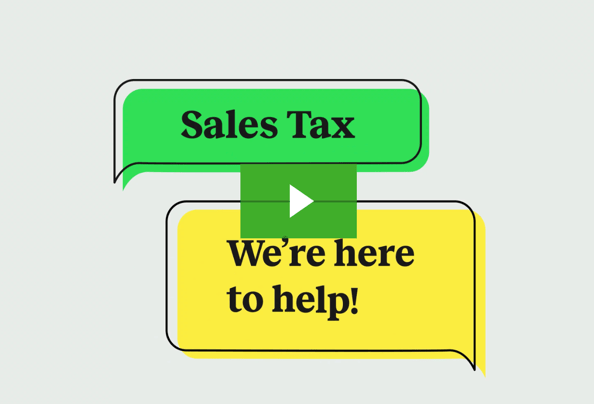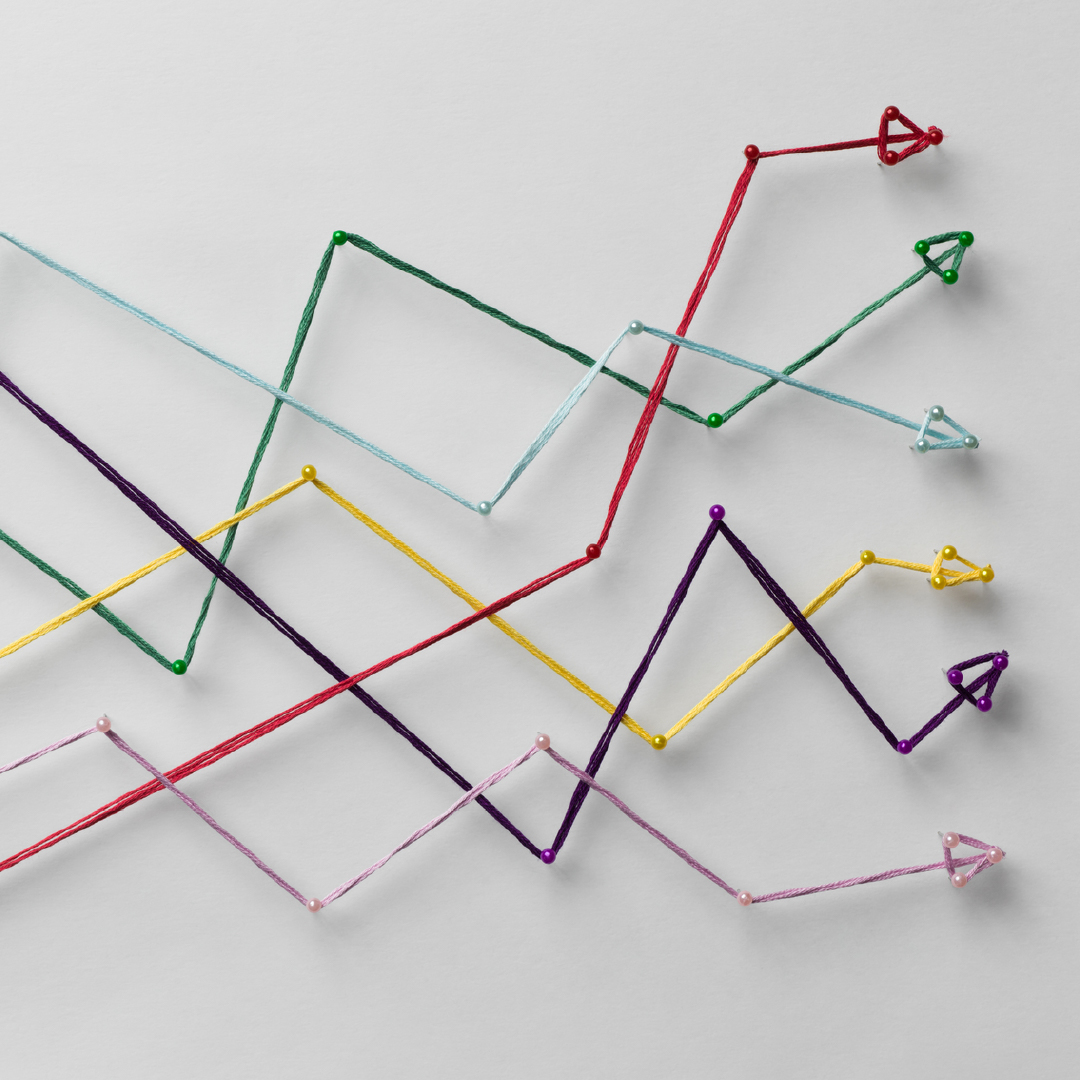Excise tax, explained
by March 3, 2021
An excise tax is a tax on a specific good or service. In the US, these taxes can be imposed at the state or federal level. Or both.
Unlike sales tax, which applies to all taxable retail sales, excise taxes target a certain product or service like gasoline, alcohol, cigarettes or airline tickets.
Excise taxes are often levied on transportation related products and services like gasoline or airline trips. You may also hear about excise taxes being levied on products and services that could be considered harmful, like alcohol, cigarettes and, more recently, recreational cannabis. You might hear these excise taxes referred to as “sin taxes.”
The revenue from excise taxes are also often, but not always, used to pay for government budget items related to the product or service being taxed. For example, a state’s excise tax on alcohol may be used to fund hospitals or programs to prevent and treat alcoholism.
Excise tax examples
We’ll get into how excise taxes are different from sales tax below, but first, let’s look at some examples.
Transportation excise taxes
Have you ever traveled to a new US state and noticed that fuel prices are higher in some states and lower in others? That likely has something to do with the fact that the most prominent and popular excise tax in the United States: excise taxes on transportation.
As of July 2020, the federal excise tax on gasoline is 18.4 cents per gallon. Then states are allowed to set their own excise tax, too. California’s is currently the highest, at 61.2 cents per gallon. So, when purchasing a gallon of gasoline in California, 79.6 cents of the price of that gallon will go to excise tax.
Other transportation related products and services subject to federal and/or state excise taxes include diesel, other fuels, trucks, trailers, tires, and even airline tickets. Funds collected through transportation excise taxes are often used to maintain highways and interstates.
Try TaxJar for free
TaxJar offers one platform to manage every aspect of sales tax compliance from calculations to reporting to filing. Try our sales tax compliance platform for 30 days, completely free with no obligation.
Get startedSin taxes
These are taxes on products that may be considered harmful, such as alcohol, cigarettes, and more recently, cannabis and vaping products. For example, the current federal excise tax on cigarettes in the US is $1.01 per pack of 20 cigarettes. Then states are allowed to tack on their own excise taxes.
States tend to use these types of “sin taxes” to discourage behaviors. States like Colorado and Oregon have recently used high excise taxes to make cigarettes prohibitively expensive and thus they hope to discourage smoking among state residents.
Ad valorem excise taxes
While most sin taxes are a flat rate (such as the above mentioned federal excise tax of $1.01 on each pack of 20 cigarettes), some are “ad valorem.” Ad valorem is just the Latin way of saying “according to value” or by percentage.
For example, the IRS levies a 10% ad valorem tax on tanning services. So rather than charging say, $5 per tanning session, they simply require that tanning salons pay 10% of the cost of services they provide in excise tax.
Consumer excise taxes
In most cases when it comes to excise taxes, a retailer pays the excise tax directly to the government. However, a consumer might find themselves paying an excise tax from time to time. For example, if an individual contributes too much to an IRA or withdraws funds too early then they may have to pay an ad valorem excise tax on the amount they contribute or withdraw.
What’s the difference between excise tax and sales tax?
As mentioned above, sales tax applies to all taxable goods or services at a location. Excise tax, though, only applies to specific goods and services.
Also, unlike sales tax, excise tax is generally paid by the retailer and not the consumer, though the retailer is allowed to pass the cost of the tax onto the consumer (and the consumer may never even realize it’s happening.)
Think of it like this. When a consumer purchases a product, they generally see a line item for “sales tax” on the receipt. This is because they are paying sales tax to the retailer, who then passes the sales tax onto the state. But since excise tax is generally paid by the retailer, there is no need to show this amount to the consumer. (Though some retailers might elect to do this.)
And last but not least, excise tax is generally a flat rate tax. For example, the state of California requires a $2.87 excise tax on each pack of 20 cigarettes. This is different from sales tax, which is calculated based on a percentage of the sales price of the product.
Ready to automate sales tax? To learn more about TaxJar and get started, visit TaxJar.com.








